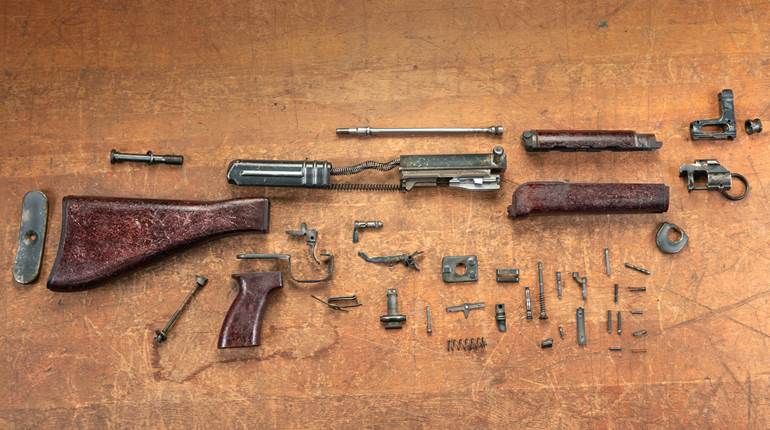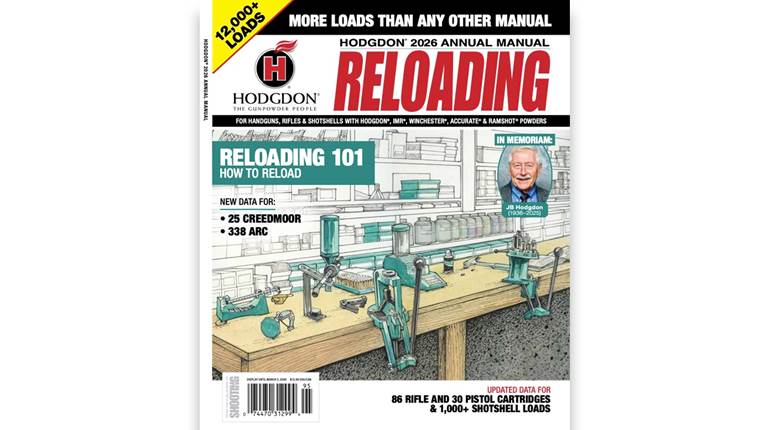In the late 19th century, dangerous-game hunting was popular among British colonial possessions, notably in Africa and India, where tiger-hunting from elephant howdahs was particularly desirable for the British aristocracy. To provide enough stopping power to take down large, dangerous game animals, double rifles were developed for the task, chambered for powerful, large-bore cartridge. Watch our "American Rifleman Television" I Have This Old Gun episode above to see one such rifle, produced by J. Woodward & Sons of London.
" The double rifle we're looking at today is a .500 3". Now .500 3" was suitable for tiger and some of the heavier plains game. It was a very, very popular round," American Rifleman Field Editor Garry James said. "There were a number of other .500 caliber rounds, .500 3 1/4", .500 3 1/2". This particular one fired about a 340-grain bullet with about 135 grains of powder. Gave you a substantial 2,000 plus foot-pounds of power out of a blackpowder round. This was called an 'express round.'"

Express rifles like the Woodward were made with strong actions to withstand the enormous power of the large-bore hunting cartridges of the day. In the case of the Woodward, an under-lever locking system developed by Henry Jones in 1859 was used to lock the barrels into the action. The manual lever system would be replaced by simpler locking mechanisms by the early 20th century. But building double rifles involved a particular skill that made them enormously complicated to manufacture.
" Double-barrel shotguns had been around since they figured out how to glue two barrels together, you know, and you can do that," NRA Museum Director Phil Schreier said. "But a double rifle is a different cat indeed because you have to do what they call 'regulate' the barrels, and the right barrel has to put a projectile in the same hole that the left barrel is going to put it in at 100 yards or whatever you have it regulated out to. You have to be very careful about that. It is a science. It's something to be able to zero a rifle. It's something else to zero and regulate a double gun, a double rifle."

Despite the skill and talent required to produce a double rifle, the construction and nature of the Woodward placed its design at a particular moment in time, before the advent of smokeless hunting cartridges and internal hammers.
"The exposed hammer spurs of this Woodward double rifle were also kind of becoming anachronistic by the 1870s. More and more gun designs, as we get closer to the 20th century, they don't have exposed hammers. They have internal hammers that are cocked when you open the action. So that is an older design," American Rifleman Executive Editor Evan Brune said. "And then of course, just the cartridge itself. Eventually, you have the Nitro Express cartridges and that is what happens in the smokeless powder days. So, you know, we're looking at a design here that, really is kind of the golden age, the tail end of the British Raj in the 19th century."
To watch complete segments of past episodes of American Rifleman TV, go to americanrifleman.org/videos/artv. For all-new episodes of ARTV, tune in Wednesday nights to Outdoor Channel 8:30 p.m. and 11:30 p.m. EST.
























